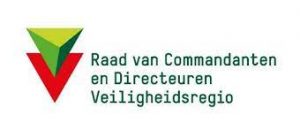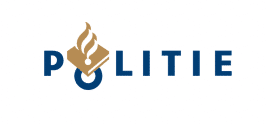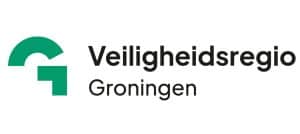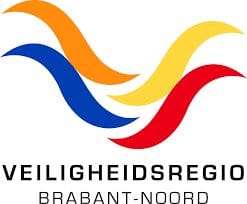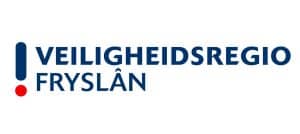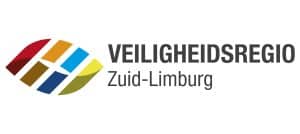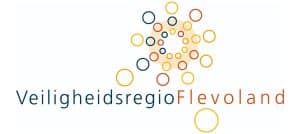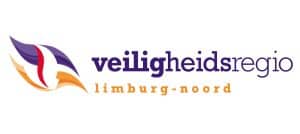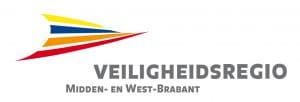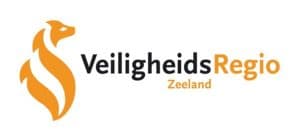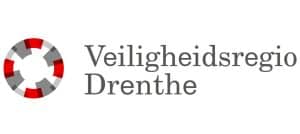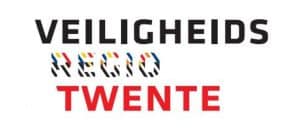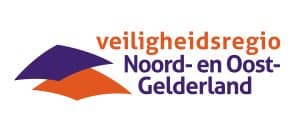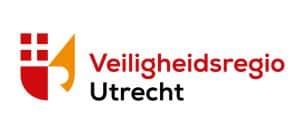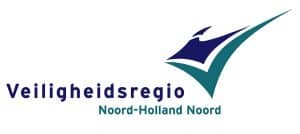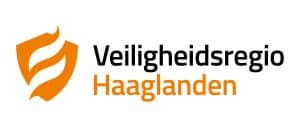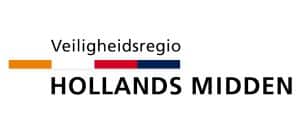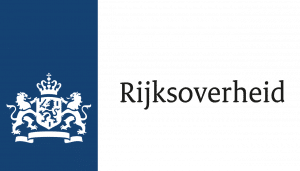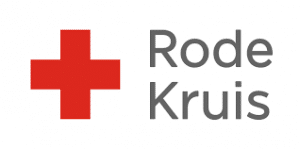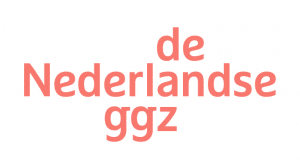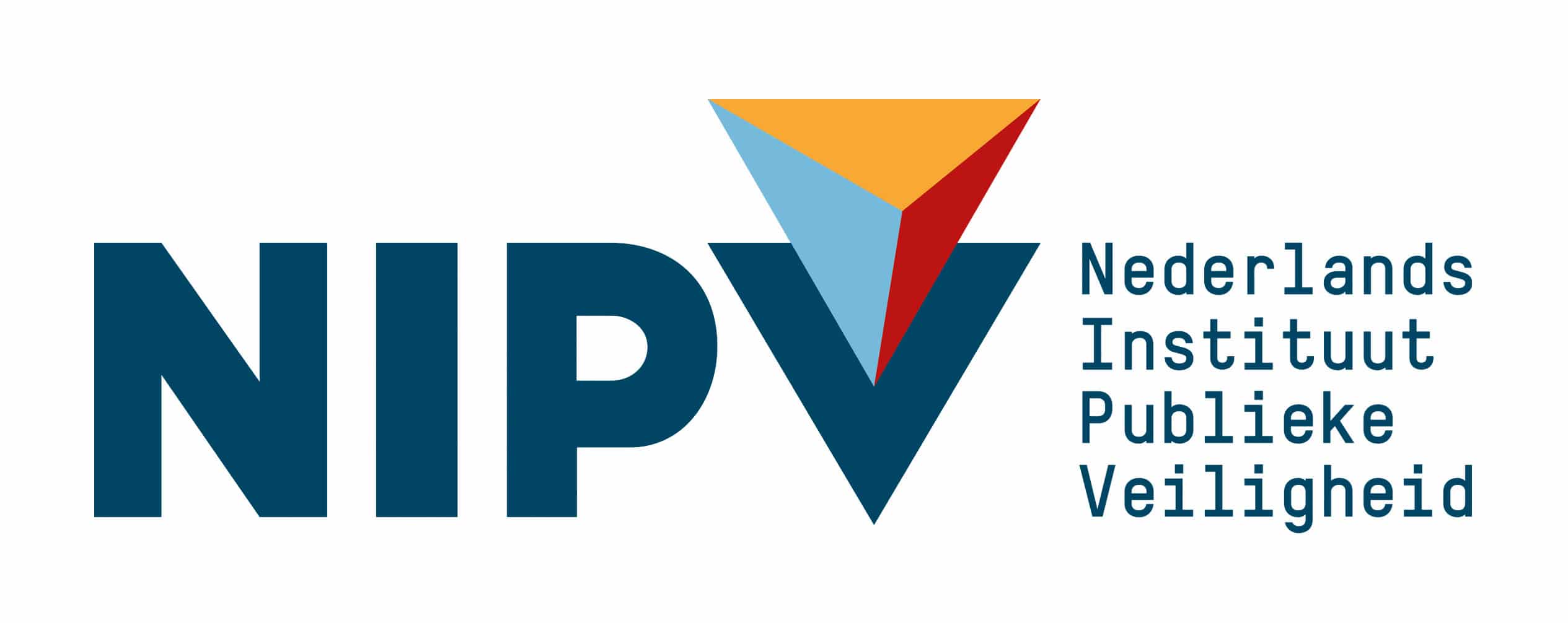Actueel
Nieuws 19 april 2024
Nieuws 19 april 2024
Nieuws 18 april 2024
Evenement 23 april 2024
Evenement 13 mei 2024
Evenement 15 mei 2024
Welkom bij het Nederlands Instituut Publieke Veiligheid
Het Nederlands Instituut Publieke Veiligheid (NIPV) verbindt en versterkt de veiligheidsregio’s, Rijksoverheid en crisispartners met onderzoek, onderwijs, ondersteuning en informatie.
Onze focus richt zich op vier maatschappelijke thema’s: klimaatadaptatie, veilige energietransitie, informatiegestuurde veiligheid en maatschappelijke veerkracht.
Het NIPV fungeert als een centre of expertise als het gaat om hoogwaardige kennis van crisisbeheersing en brandweerzorg. Zo draagt het NIPV bij aan een veilig en veerkrachtig Nederland.
Voor professionals
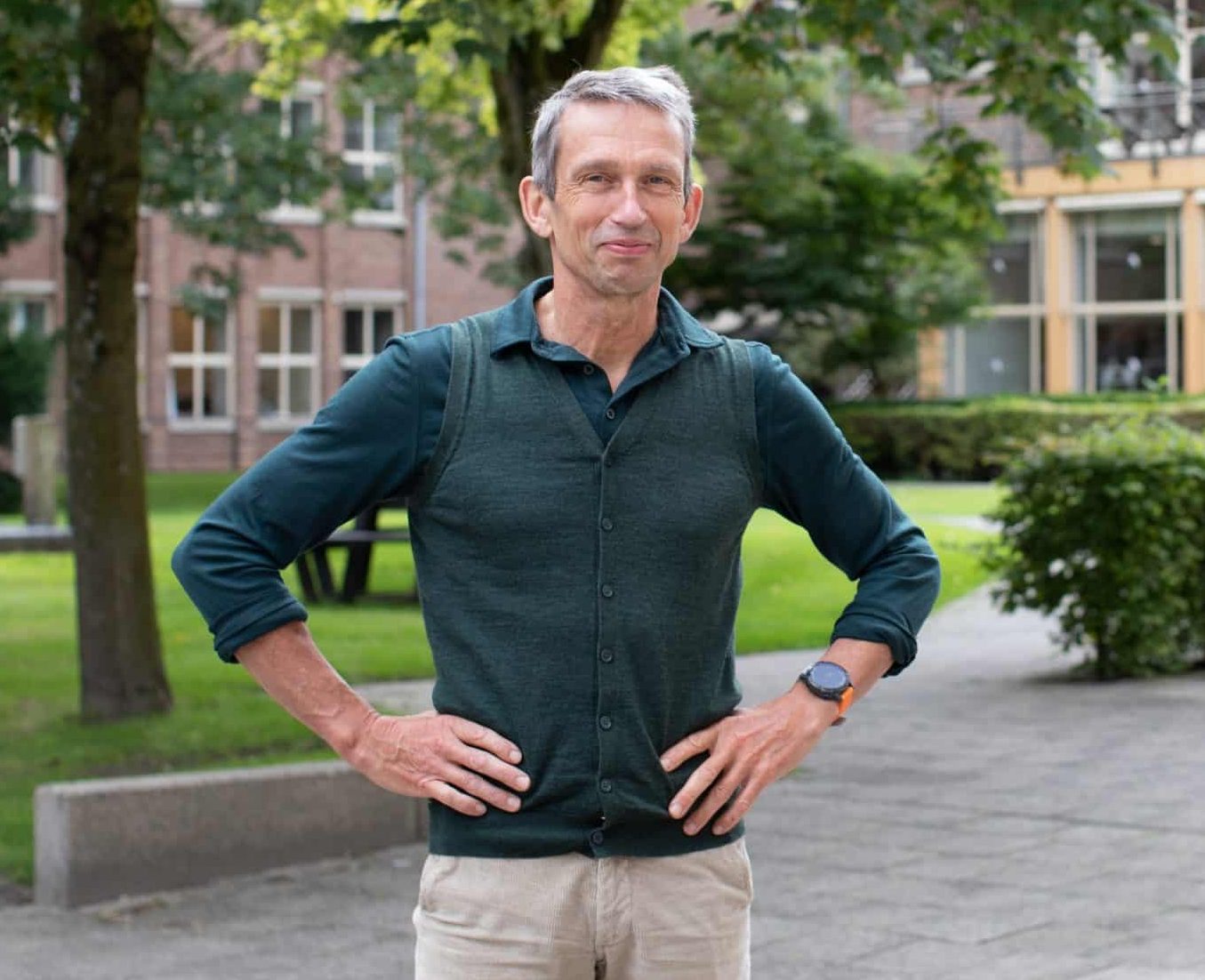
De Veerkracht van Nederland
Veerkracht gaat over verbinden, versterken, over vallen en weer opstaan en leren van elkaar. Dit jaar vertelt het NIPV het verhaal van de Veerkracht van Nederland. We doen dat samen met onze medewerkers, partners en mensen in de maatschappij.
De verhalen komen samen in een boek. Een selectie van deze verhalen is ook te lezen op onze website. Er komen regelmatig nieuwe verhalen op te staan.
Lees alle verhalen over de Veerkracht van NederlandWerken bij het NIPV
Onderwerpen
Meld u aan voor onze nieuwsbrief
Partners

